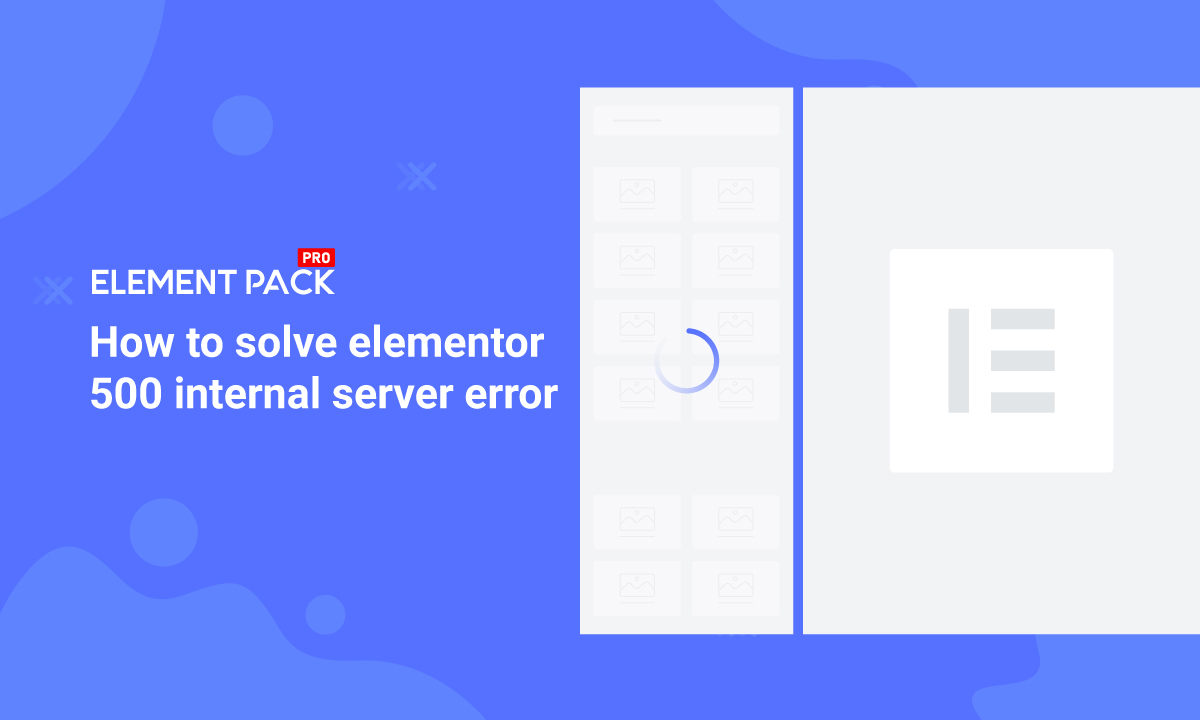500 internal server error in WordPress with Elementor
500 internal server errors in WordPress, particularly when using Elementor, can have several causes. Some of the most common factors include insufficient memory, conflicts with other plugins, and fatal errors in PHP files. To troubleshoot and resolve these errors, the following steps can be taken:

- Increase PHP memory limit: One possible cause of a 500 internal server error is a low PHP memory limit. To address this, the wp-config.php file needs to be updated. Add the following code snippet at the end of the file:
define('WP_MEMORY_LIMIT', '256M');This will raise the PHP memory limit to 256MB. After increasing the PHP memory limit, the 500 internal server error should be resolved.
- Check for a corrupt .htaccess file: If the error persists after increasing the PHP memory limit, it’s worth inspecting the .htaccess file for any corruption. To do this, access the website’s .htaccess file directory using FTP or cPanel file manager. Rename the .htaccess file to something like .htaccess-new. By renaming the file, the 500 internal server error should be removed. After resolving the issue, go to the website’s admin dashboard, navigate to Settings > Permalinks, and click the Save button to generate a new .htaccess file.

- Deactivate all plugins: Conflicts with other plugins can also trigger a 500 internal server error. To identify the problematic plugin, it’s recommended to deactivate all plugins temporarily and check if the error persists. If the error is gone, activate the plugins one by one to pinpoint the culprit. To deactivate all plugins at once, go to the “Installed Plugins” page under the “Plugins” menu, select all plugins, choose the “Deactivate” option from the bulk action menu, and click the Apply button.
If the error occurs on all website pages, additional steps can be taken:
- Perform a site backup before making any changes.
- Ensure that the latest versions of Elementor and Elementor Pro are being used.
- Temporarily deactivate all plugins except Elementor and Elementor Pro to see if the error is resolved. Then, reactivate the plugins one by one to identify the conflicting one.
If the error is specific to a certain page, the following workaround can be attempted:
- Go to the problematic page.
- Click the arrow next to the Update/Publish button.
- Save the page as a template and give it a name.
- Create a new page and click “Add Template.”
- Choose “My Templates” and click “Import” next to the previously saved template.
By following these troubleshooting steps, the source of the 500 internal server error should be identified, and the necessary actions can be taken to resolve the issue.
